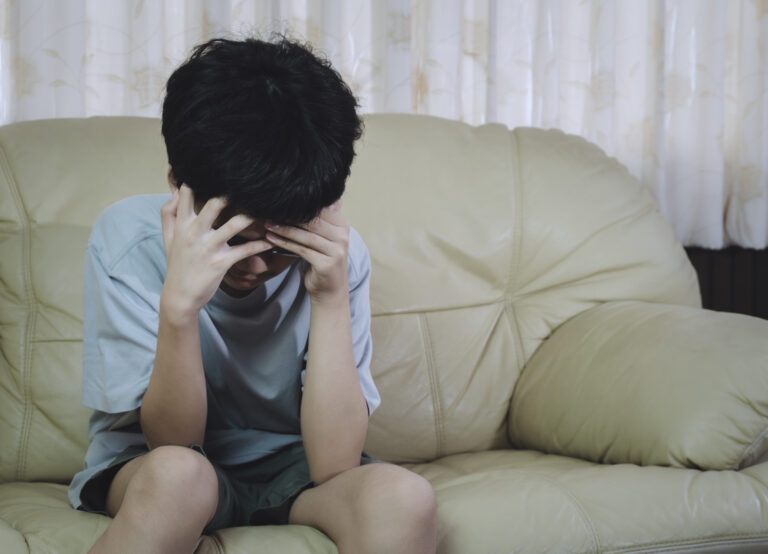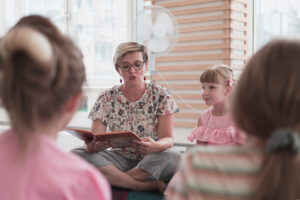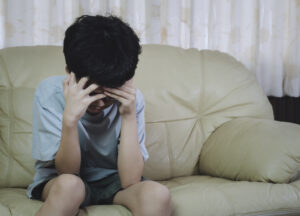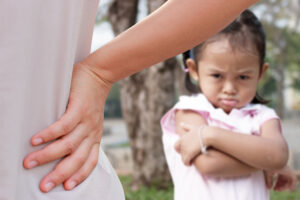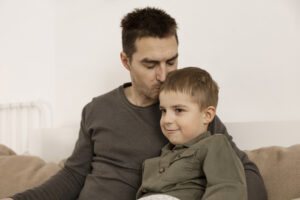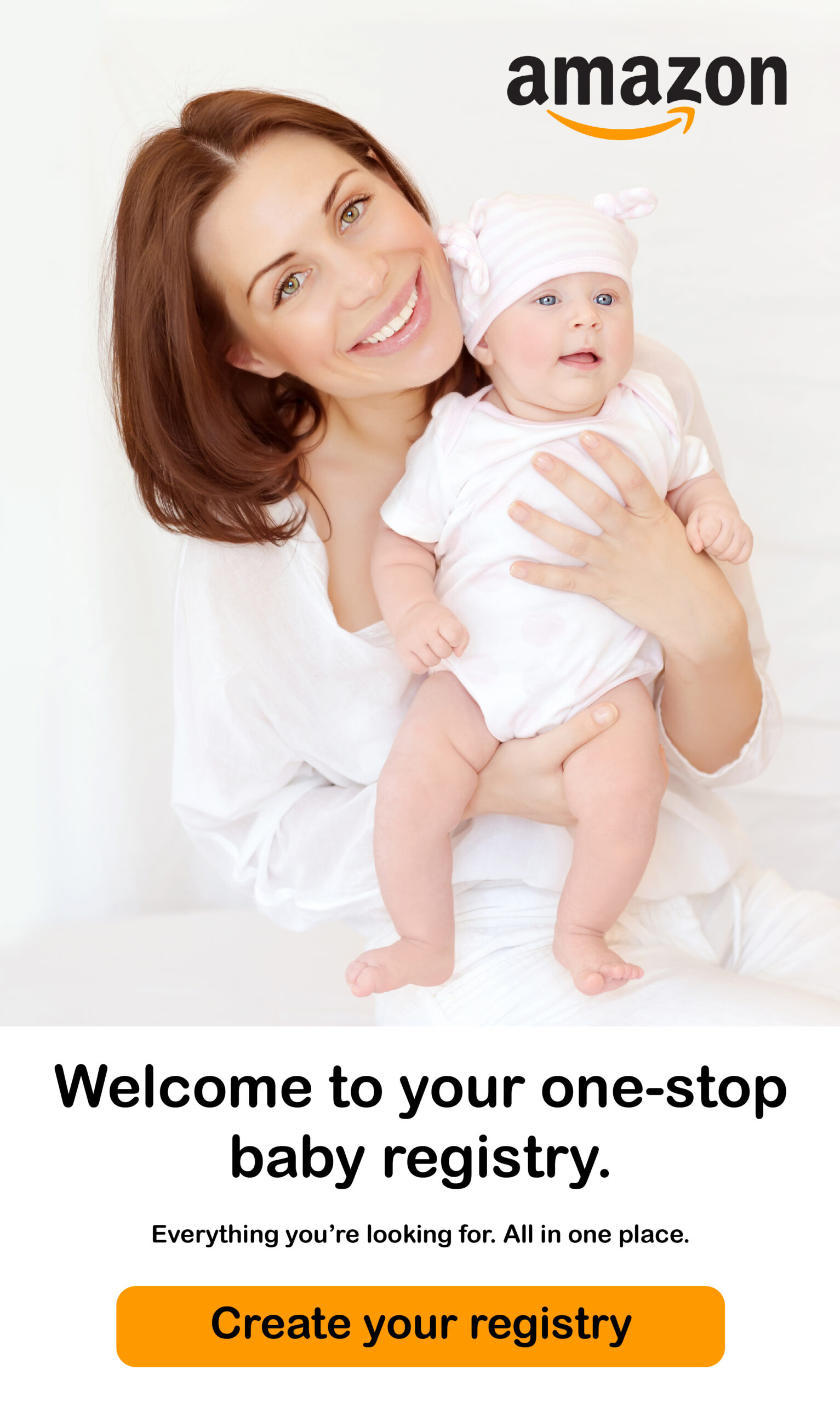In my years of working as a childhood educator, catering to children from 3 months to 5 years old, I’ve been on a remarkable journey filled with laughter, learning, and sometimes, challenges.
One such challenge that I’ve become increasingly attuned to is recognizing the early signs of anxiety in children.
Through my work, I’ve seen that early detection and supportive intervention can make a world of difference in the lives of anxious children.
Let me share with you some insights and strategies I’ve gathered on recognizing and addressing early signs of child anxiety.
The Importance of Recognizing Early Signs
Childhood is often seen as a carefree time, but the reality is that children can and do experience anxiety.
In my experience, understanding the early signs is crucial for providing the support these young ones need to navigate their emotions healthily.
Identifying Early Signs of Anxiety
From what I’ve observed, signs of anxiety in children can be subtle. They might manifest as clinginess, changes in eating or sleeping habits, or an unexplained decrease in engagement with play or learning activities.
I’ve found that being attuned to changes in a child’s usual behavior or demeanor has been my secret weapon in identifying anxiety early.
The Impact of Unaddressed Anxiety
I’ve personally seen the effects of unaddressed anxiety on children’s social, emotional, and academic development.
It’s taught me that early recognition and intervention are not just beneficial; they’re essential.
In my work, addressing these signs early has helped prevent the escalation of anxiety into more significant issues.
Strategies for Supporting Anxious Children
Over the years, I’ve tried various approaches to support children experiencing anxiety.
Creating a nurturing, understanding environment where children feel safe to express their feelings is paramount.
Creating a Safe Emotional Environment
One technique I’ve personally used involves creating spaces where emotions can be freely expressed and discussed.
Whether it’s through one-on-one conversations, group discussions, or through art and play, I’ve seen the power of validating children’s feelings and providing them with the language to articulate their emotions.
Routine and Predictability
In my journey in childcare, I’ve learned that routine and predictability can be incredibly reassuring for anxious children.
Establishing a consistent daily routine helps to create a sense of security and reduces anxiety about the unknown. It’s a strategy I’ve found to be particularly effective.
Engaging Parents and Caregivers
In addressing early signs of child anxiety, the role of parents and caregivers cannot be overstated.
Collaborating with families ensures that children receive consistent support across all environments.
Open Lines of Communication
I’ve always believed in the importance of maintaining open, honest communication with parents about their child’s emotional well-being.
Sharing observations, concerns, and strategies for support can empower parents to take an active role in addressing their child’s anxiety.
Providing Resources and Guidance
In my work, I’ve gathered a wealth of resources on child anxiety—from articles and books to workshops and professional services.
Sharing these resources with families has been part of my approach to ensure that they have the tools and knowledge to support their child effectively.
Final Thoughts
In my years of working with young children and through my journey in childcare, I’ve seen the profound impact that understanding and addressing child anxiety early can have.
Recognizing the signs and providing appropriate support fosters resilience, enabling children to navigate their emotions and the world around them with confidence.
It’s a journey that requires patience, empathy, and collaboration, but the outcomes—a happier, more secure child—are immeasurably rewarding.
As educators and caregivers, we play a critical role in identifying and mitigating the effects of anxiety, empowering our youngest minds to thrive despite their challenges.

